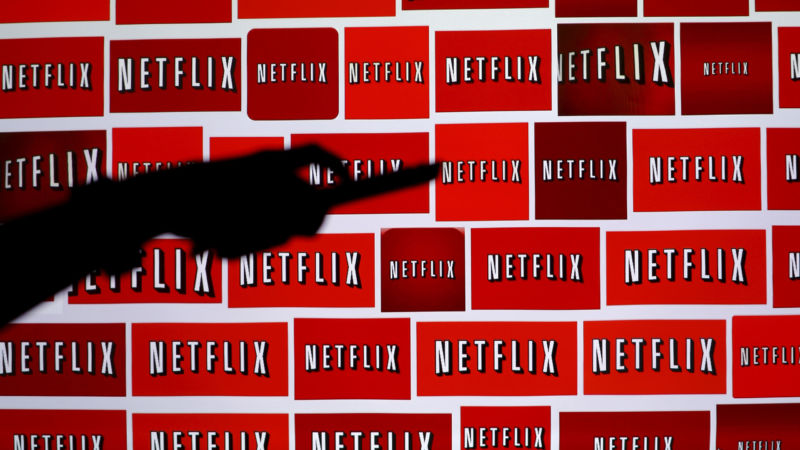Bird Box's success represents a massive shift in consumer behavior — one that is not lost on the world’s taxing authorities.
Have you seen Bird Box yet? It’s been pretty hard to miss. The Sandra Bullock thriller became the movie hit of the holiday blockbuster season and even spawned a social media phenomenon that sent many people to the hospital after trying to drive and run around wearing blindfolds.
Amazingly, it did all of this without ever being released into movie theaters. It was exclusive to Netflix. And, according to Netflix, it was viewed by a record-breaking 45 million accounts in its first week.
That represents a massive shift in consumer behavior and its one that is not lost on the world’s taxing authorities. For the last 100 or so years, tax law has been rooted in physical supply chains. When hard goods enter a port, unload off a truck or move off a store shelf, they are taxed. Even intangible goods, like broadcast media, have always had a very distribution-centric tax treatment. Sales tax on movie tickets and concession stand sales would be an example.
But what happens when domestic movie theater attendance hits a 25-year low, as it did in 2017? When fewer people leave their houses to go the movies – perhaps getting dinner along the way – tax authorities take notice.
It should have come as little surprise, then, in 2015 when the city of Chicago sparked a consumer revolt by introducing a so-called “Netflix Tax” on Internet streaming services. But, at the time, it was still a relatively novel concept.
Now, that’s all changed thanks to the OECD’s Base Erosion and Profit Shifting Project put a spotlight on the issue of changing patterns of consumer behavior resulting from an increasingly digital economy. The specific portion of BEPS that deals with the taxation of streaming video is called Action 1 and it is focused on “addressing the challenges of the digital economy.” In a nutshell, that means that tax authorities around the world now have an agreed upon playbook for implementing specific taxes on cross-border and direct-to-consumer digital transactions.
In practice, the interpretation of that guidance is coming down to an increasing number of tax authorities implementing changes to their tax codes that allow them to tax providers of broadcasting and electronic services based on the location of their customers, as opposed to the location of the provider. So, if you’re sitting in London, streaming Netflix content that originated in California and is now bouncing off a server in Ireland, the tax on that transmission is due in the UK.

Increasingly, tax authorities around the world are pointing to BEPS as a green light for aggressive digital tax strategies. The sentiment can be found in the UK Digital Services Act and digital tax proposals from the EU, Italy, Spain, Chile and a host of others. Even the U.S. tax reform plan, with its Global Intangible Low Taxed Income (GILTI) provision, has some elements of BEPS in it.
While on some level, the modernization of tax to address new modes of communications and content transmission is important, there are many concerns about the havoc this type of country-by-country, sometimes even city-by-city approach to digital services tax will have on the corporations caught in the middle.
For one, these proposals introduce the most visible example yet of industry-specific taxes targeting the tech sector, which has thus far been largely immune from the tariff-centered global trade war. Expect more taxes like this at the federal, state, and even hyper-local level in the months to come.
For the tech companies at the center of all of this, the impacts go far beyond the incremental costs of the taxes themselves. The real challenge is accurately projecting and complying with this moving feast of a global tax code that keeps creating new wrinkles on a weekly basis.
That introduces a need for the kinds of scenario analysis and stress testing that hasn’t historically been a big part of the tax department’s job description. From where I sit, this has pushed our clients further along the curve in adopting the kinds of tax and accounting software that lets them accurately forecast assets and liabilities; make strategic decisions about changing tax laws in and global trade issues in different parts of the world; and stay on top of constantly changing compliance requirements that come with each new edit to rulebook.
That’s a big shift for a profession that has always been focused on looking backwards. The tax and accounting function – alongside the legal and compliance function – need to keep themselves one step ahead of the constant pace of change.
That has some corporate tax departments, who are less nimble and less prepared for the type of switch-on-a-dime strategy changes that are required feeling a little like Sandra Bullock, in the woods wearing blindfolds but still moving forward cautiously. Increasingly, it’s becoming our job to give those tax professionals the transparency and tools they need to be able to see clearly, even when the world around them is changing very quickly.
Learn more
What does it take to succeed in the digital economy? Learn about building businesses for the digital future here.






